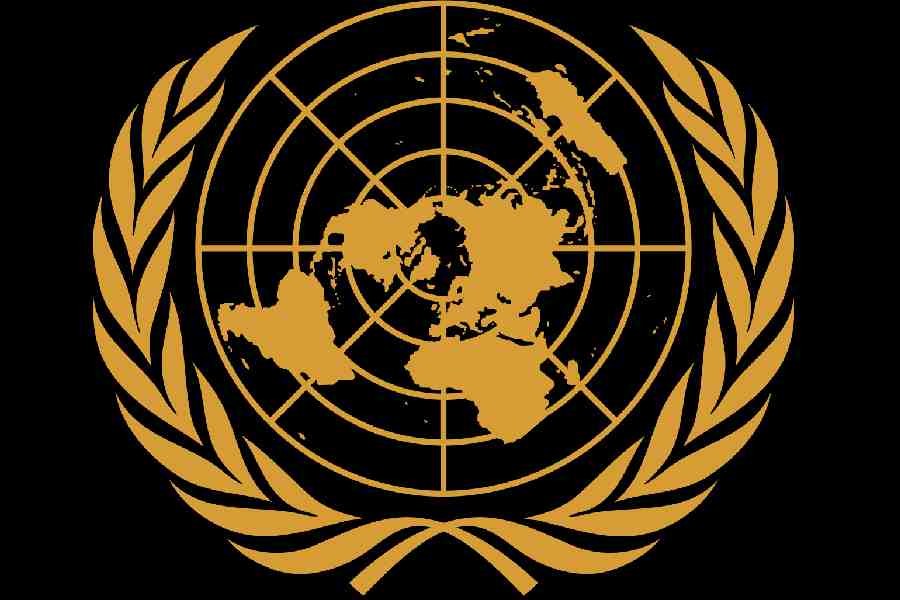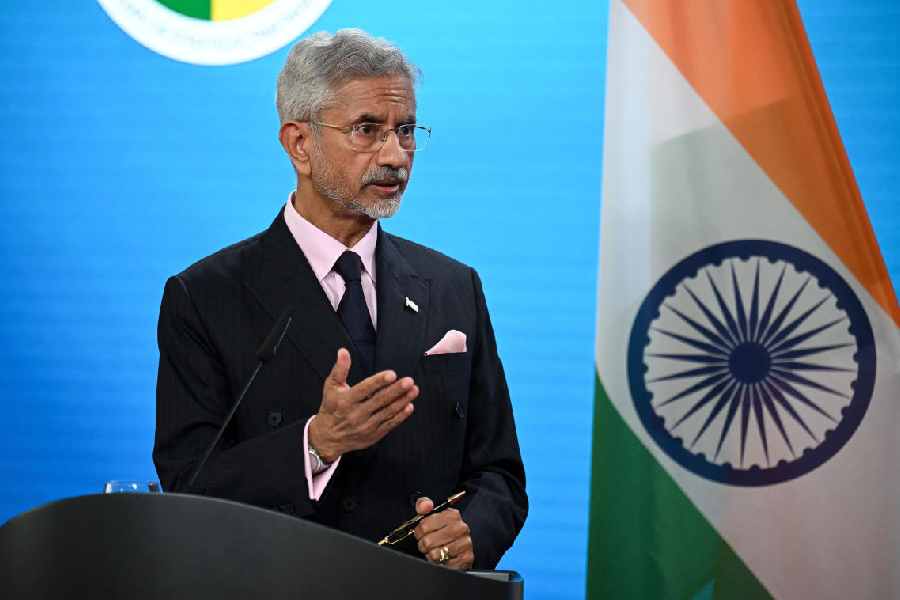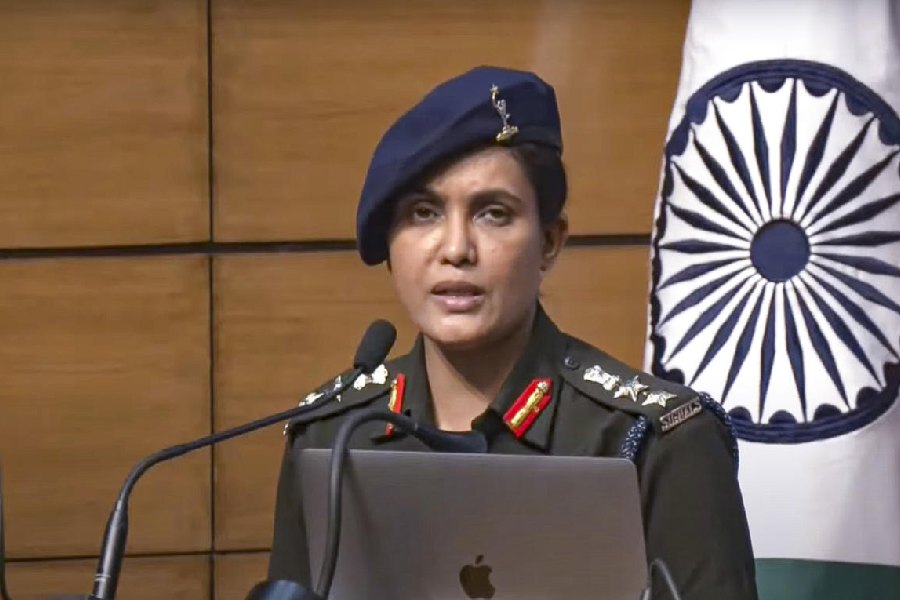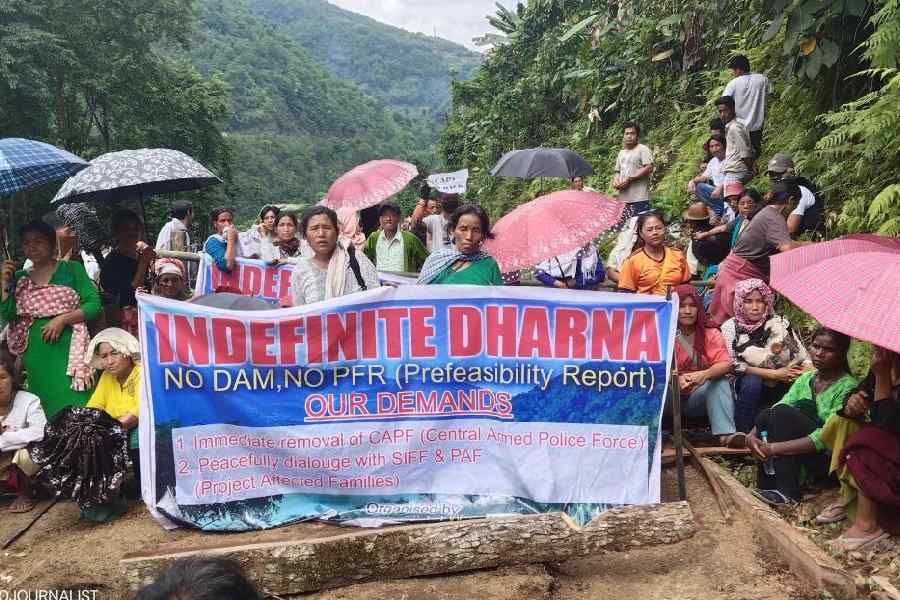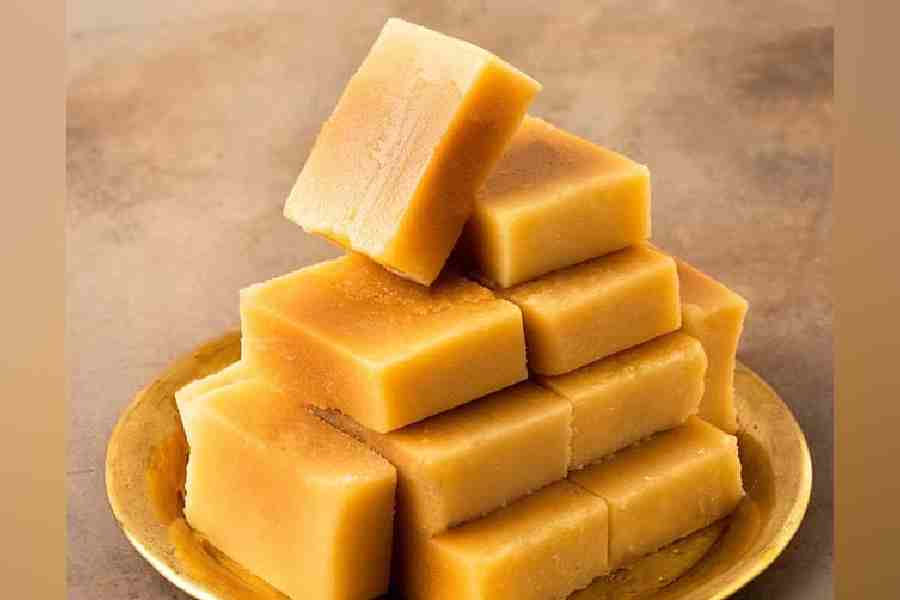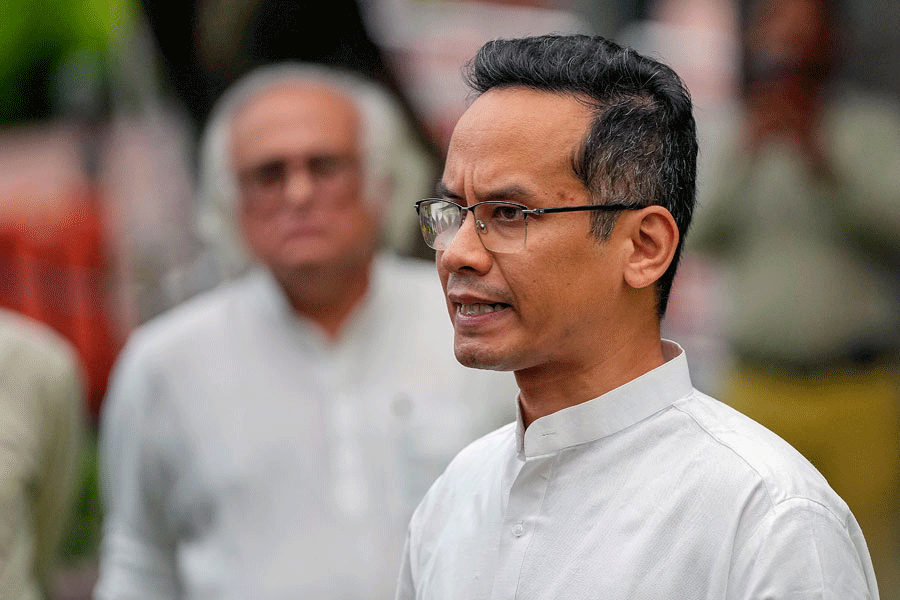 |
| Dola Banerjee and (below) Jhulan Goswami. Telegraph pictures |
 |
November 25, 2007: A motley crowd of 150-200 comprising officials from the Archery Federation, kids from SAI and a handful of archery enthusiasts, gathered at the Dum Dum airport to welcome back Dola Banerjee, the first Indian sportswoman to win the World Archery Championship.
August 1996: Cricket frenzy reached fever pitch in Calcutta when banga santaan Sourav Ganguly came back to the city after scoring a century on debut at Lords. And who can forget that September morning in Mumbai when thousands thronged the airport to welcome India, the first T20 cricket world champions. Lakhs lined up on the streets to cheer their heroes. A host of ministers and BCCI officials gave the team a phenomenal reception at the Wankhede stadium. Not to forget the six-hour-long bus ride.
Things are no less grand for Sania Mirza, the poster girl of Indian tennis, who gets a similar reception whenever she comes back from an international tournament. Never mind if she doesn’t make it past the first round.
Discrepancies abound when it comes to sports in India, and more so in Bengal. After the foremost discrepancy of Cricket vs the Rest, it is men’s sports vs women’s. Appreciation may pour in from the highest levels, but when it comes to publicity, sponsorship or grants, women sportspersons except Sania, however well they may have done, remain a largely neglected lot. On Friday, budding cricketer Jhuma Sarkar took her life after failing to make it to the state team.
Indian women’s cricket team member Jhulan Goswami, who hails from Nadia district, has achieved what has continued to elude her male contemporaries. Jhulan was adjudged the ICC Women’s Cricketer of the Year 2007, but it was not followed by a flurry of sponsorships or public frenzy. All she has got is the promise of a three-cottah plot on the EM Bypass. “Although I did get a decent reception when I came back with the award, a lot remains to be done. I feel that Dola Banerjee, too, should have got a far better welcome,” says the 24-year-old pacer.
Jhulan’s words are echoed by Calcutta swimmer Rashmi Sharma, 19, who has crossed the English Channel twice in two consecutive years, but not received any response. “My father bore the expenses on both occasions and although the state government paid back half of it later, I feel that it is not enough. If cricketers can be paid in crores, my full expenses could have easily been taken care of,” says the young swimmer.
What works largely against these players is that the sports they play are not high profile or glamorous enough. Though that is inconsequential for players like Dola. “I would rather concentrate on my game than pay attention to these things,” says the 27-year-old.
The parameters of achievement also remain undefined with several international feats going unrecognised.
Says Rashmi: “Swimming twice across the English Channel is no mean accomplishment. But I have been told by government officials that the next time I should achieve something more ‘substantial’, something that no Indian woman has done before.”
But some feel that a beginning has been made. “Earlier people were not aware of my achievements, but now after the ICC award, they are. The BCCI taking over the reins of women’s cricket will also definitely contribute towards the improvement of the infrastructure of the game in the state,” feels Jhulan.
Sreerupa Bose Mukherjee, ex-India cricketer, coach and selector, agrees: “Although sportswomen in the state are not in a position to hire professionals to manage their careers, their achievements are now at least known by the common man.”


